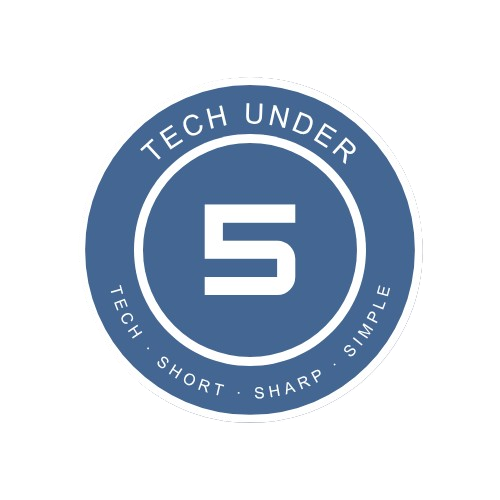TechUnder5 — where tech meets simplicity - fast. Today, we’re simplifying one of the most buzzworthy topics in digital finance: Blockchain and how does it compare to Money we use.
🎬 Watch the Video for a Quick Understanding
What Is Money, Really?
Let’s start with something familiar: Money.
Whether it’s a dollar , euro , or rupee — it only works because we all agree it has value. It’s not valuable because of the paper or metal—it’s valuable because we trust the system behind it: governments, banks, and rules that say what it’s worth.
It used to be backed by gold, but today, it’s backed by shared belief in governments, banks, and the financial system.
Key Insight:
Currency works because of perceived value.
That’s also what makes Bitcoin and other digital coins valuable.
What Is Blockchain?
Now imagine a currency not controlled by any government, but by a network of people globally.
That’s blockchain in action — a public record where:
- ✅ Every transaction is logged
- ✅ Anyone can view it
- ❌ But no one can secretly change it
Analogy:
Think of blockchain like a shared Google Sheet — it’s public, it’s verifiable, and it’s secure.
Why Blockchain Coins Have Value
People often ask: “If it’s just digital code, why does something like Bitcoin even have value?”
Here’s the truth:
-
It’s scarce – There will only ever be 21 million Bitcoins. That’s it. No one can create more.
-
It’s built on trust – Not in governments or banks, but in the technology itself—the blockchain.
-
It’s transparent – Every transaction is public and verifiable. No hidden records.
-
It’s decentralized – No central authority can change the rules or print more coins.
Crypto has value because people believe it does—just like with regular money. We trust the code, the math, and the open network. And we assume others will value it too. That shared belief is what gives it power. Unlike regular money, no central authority can “print” more crypto.
The blockchain acts as the proof and protection.
Real-World Use Cases of Blockchain Technology
When people hear “blockchain,” they often think only of Bitcoin or cryptocurrency. But blockchain technology is much more than that.
At its core, blockchain is a secure way to store and share information that can’t be changed or hidden. This makes it useful for many industries where trust and transparency are important.
Here are some real-life examples:
Track Food Supply Chains Blockchain helps companies track food from the farm all the way to the store.
- Every step (harvest, shipping, packaging) is recorded
- Helps quickly find the source of food safety problems
- Builds trust with consumers who want to know where their food comes from
Verify Digital Art (NFTs) Artists can now sell digital art with a proof of ownership using blockchain.These are called NFTs (non-fungible tokens)
- Each piece of art is unique and can’t be copied
- Artists can even earn money when their work is resold
Secure Identity and Medical Records Blockchain can give people control over their own identity and documents.
- You can store digital IDs or health records safely
- Only you decide who sees them
- It prevents tampering, data leaks, or identity theft
Decentralized Finance (DeFi) DeFi lets people use financial services without needing banks.You can lend, borrow, or earn interest using smart contracts
- Everything runs automatically on the blockchain
- No paperwork, no middlemen, and it’s open 24/7
In Simple Terms Blockchain is like programmable trust. Anywhere you need proof, fairness, or security, blockchain can help—no need for a middleman.
Wrap-Up from TechUnder5
Next time you hear “blockchain,” remember — it’s not magic.
It’s a new way to agree on truth, without needing a bank, a government, or an institution.
Found this helpful?
Share it, bookmark it, and subscribe to TechUnder5 on YouTube.
